44 linux list disk labels
GRUB - ArchWiki - Arch Linux First, install the packages grub and efibootmgr: GRUB is the bootloader while efibootmgr is used by the GRUB installation script to write boot entries to NVRAM. Then follow the below steps to install GRUB to your disk: Mount the EFI system partition and in the remainder of this section, substitute esp with its mount point.; Choose a bootloader identifier, here named GRUB. How To List Disks on Linux - devconnected The easiest way to list disks on Linux is to use the " lsblk " command with no options. The "type" column will mention the "disk" as well as optional partitions and LVM available on it. $ lsblk Optionally, you can use the " -f " option for " filesystems ". This way, your disks will be listed as well as partitions and filesystems formatted on them.
Find All Storage Devices Attached to a Linux Machine This method however shows output only in blocks, with the labels of each partition. 3. fdisk fdisk is the Linux command used to perform operations on disks and partitions in Linux. We can use fdisk -l to list all storage devices and their partitions. This command may not work unless it is run as a root user or with sudo:

Linux list disk labels
You asked: How do I get a disk label in Linux? - OS Today Steps to change drive label in Command Prompt. Press WIN key or click start bottom, type CMD, run cmd.exe as administrator. …. Type label C: System, Press Enter; > Type label E: Tools, Press Enter; > Type label F: Programs, Press Enter; Double click This PC on desktop to check new labels. How to list disks, partitions and filesystems in Linux? fdisk -l and parted -l give me no output at all. You'll like this : you can do sudo lsblk --scsi and this shows the disk types including name (sda,sdb,..), scsi addr, type,vendor, model, rev, .. it's easy to find which is which when you want to physically locate the disk. Another way to quickly see the filesystems is the command df. Products - Red Hat Customer Portal Red Hat Enterprise Linux. Red Hat Enterprise Linux (RHEL) is the world's leading open source operating system that provides an intelligent, stable, and security-focused foundation for modern, agile business operations. From this foundation, you can scale existing apps and roll out emerging technologies across bare-metal, virtual, container, and ...
Linux list disk labels. linux - List partition labels from the command line - Unix & Linux ... Partitions don't have labels, but file systems do. You need a combination of tools to do that. The blkid tool can tell you label of a known partition. But to find the partition you would have to loop over the output of fdisk. - Keith Jun 2, 2011 at 3:13 2 6 Different Ways to List Disks in Linux Command Line Let's see what commands you can use to show disk info in Linux. 1. df The df command in Linux is probably one of the most commonly used. It lists the actual "disk space usage" and it can give you information about what hard disks (or current disk space) is being used in the entire system. Three applications for making disc labels - Linux.com But there are some fine open source applications available for creating labels for CD-ROM and DVD disks and printing jewel case inserts, including gLabels, kover, and cdlabelgen. Fedora 9, Ubuntu Intrepid, and openSUSE 11 all provide packages for gLabels 2.2.3 and kover 3, but cdlabelgen 4.1.0 is left out in the cold by all three distributions. Where is disk label in Linux? - OS Today Click the "Disk Management" link, and then click your external hard drive's assigned disk. Right-click the disk and click "Change Drive Letters and Paths." How do I find the volume label of a drive? To find the volume label with Command Prompt requires a simple command called the vol command.
How to List all Linux Disk Devices - Linux Hint While the correct way to list disk devices in Linux is using the command lsblk, other options are available. The first one to try is fdisk, to list all block devices with fdisk run: # sudo fdisk -l How to show free and used space in Linux disk devices access.redhat.com › productsProducts - Red Hat Customer Portal Red Hat Enterprise Linux (RHEL) is the world's leading open source operating system that provides an intelligent, stable, and security-focused foundation for modern, agile business operations. From this foundation, you can scale existing apps and roll out emerging technologies across bare-metal, virtual, container, and all types of cloud ... What is disk label in Linux? - CompuHoy.com What is a disk label in Linux? Label is actually a property of a filesystem into which a partition or the whole drive is formatted. If you format a USB drive with new filesystem, you will notice that label has changed. Often when manually formatting a drive, such as via one of mkfs versions you can specify a -n flag, as shown in this answer. Getting disk label in Linux in C/C++ - Stack Overflow find -L /dev/disk/by-label -inum $ (stat -c %i /dev/sda1) -print That is, stat () the device file you care about and remember its inode number. Iterate over all of the files in /dev/disk/by-label, and stat () each of them. When the inode number matches, then the name of the matched file is the label of that disk.
How to label disk in Linux with blkid Use the syntax below to add a label to any disk partition of your choosing. $ sudo e2label /dev/sda5 "MY_BACKUP" Another way to add a label is with the tune2fs command. The following syntax would be used to add a label to our /dev/sda5 partition. $ sudo tune2fs -L "MY_BACKUP" /dev/sda5 GNU GRUB Manual 2.06 This means the BSD ‘a’ partition on first PC slice number of the second hard disk. Of course, to actually access the disks or partitions with GRUB, you need to use the device specification in a command, like ‘set root=(fd0)’ or ‘parttool (hd0,msdos3) hidden-’.To help you find out which number specifies a partition you want, the GRUB command-line (see Command-line interface) … List Device Names, Disk and Partition Information in Linux with lsblk ... lsblk -o +FSTYPE,LABEL Show Removable Devices/USB Memory Sticks lsblk -o +RM will display an extra column that tells you if the device is removable. A "1" value means "true," which indicates a USB stick or other types of removable media. Show HDD/SSD Model How to label a partition or volume on Linux with e2label Use the e2label command and the syntax below to add a label to any disk partition of your choosing. Just substitute your own partition in place of /dev/sdX below, and your own label in place of MY_BACKUP . $ sudo e2label /dev/sdX "MY_BACKUP" Please note that the maximum label length is 16 bytes, in other words 16 characters.
How to Change Linux Partition Label Names on EXT4 / EXT3 / EXT2 and Swap Below you can find listing of all such commands. 1. e2label or tune2fs The commands e2label or tune2fs used for changing label of ext2, ext3 and ext4 type partitions. # e2label /dev/sda1 ROOT OR # tune2fs -L ROOT_PART /dev/sda1 Here, ROOT and ROOT_PART are the labels to be added to /dev/sda1 which is ext4 formatted partition. 2. ntfslabel
How To List Disk Partitions In Linux - OSTechNix There are many ways to view disk partitions in Linux. First, we will start with lsblk command line utlity. 1. List disk partitions in Linux using lsblk command The lsblk utility is used to display information about a specified block device as well as all available block devices, along with their partitioning schemes in Linux.
wiki.archlinux.org › title › Installation_guideInstallation guide - ArchWiki - Arch Linux On the live system, after connecting to the internet, reflector updates the mirror list by choosing 20 most recently synchronized HTTPS mirrors and sorting them by download rate. The higher a mirror is placed in the list, the more priority it is given when downloading a package. You may want to inspect the file to see if it is satisfactory.
4 Ways to Show all Drives (Mounted and Unmounted) on Linux Display all Drives on Linux. To display all of your drives on a Linux system, you can perform any of the following four methods: Method # 1: Using the "fdisk" Command. The "fdisk" command can be used to display the drives in Linux in the manner shown below: $ sudo fdisk -l. The output produced by this command is shown in the following ...
Installation guide - ArchWiki - Arch Linux Arch Linux should run on any x86_64-compatible machine with a minimum of 512 MiB RAM, though more memory is needed to boot the live system for installation. A basic installation should take less than 2 GiB of disk space. As the installation process needs to retrieve packages from a remote repository, this guide assumes a working internet ...
e2label to list all disk labels - LinuxQuestions.org Get a virtual cloud desktop with the Linux distro that you want in less than five minutes with Shells! With over 10 pre-installed distros to choose from, the worry-free installation life is here! Whether you are a digital nomad or just looking for flexibility, Shells can put your Linux machine on the device that you want to use.
Linux Change Disk Label Name on EXT2 / EXT3 / EXT4 File Systems Mount file system by label at Linux server boot time. The /dev/sda1 partition can be mounted by label at server boot time at /wwwdata location. Edit the /etc/fstab file, enter: $ sudo vi /etc/fstab. Set or update it as follows: LABEL=Webserver /wwwdata ext4 defaults 1 2. Save and close the file. You can also use the mount command as follows:
12 Variables Glossary — The Yocto Project ® 4.1.999 documentation ALLOW_EMPTY . Specifies whether to produce an output package even if it is empty. By default, BitBake does not produce empty packages. This default behavior can cause issues when there is an RDEPENDS or some other hard runtime requirement on the existence of the package. Like all package-controlling variables, you must always use them in conjunction with a package name …
› software › grubGNU GRUB Manual 2.06 Here, ‘hd’ means it is a hard disk drive.The first integer ‘0’ indicates the drive number, that is, the first hard disk, the string ‘msdos’ indicates the partition scheme, while the second integer, ‘2’, indicates the partition number (or the PC slice number in the BSD terminology).
quantrimang.comQuantrimang.com: Kiến Thức Công Nghệ Khoa Học và Cuộc sống Trang web về thủ thuật điện thoại, máy tính, mạng, học lập trình, sửa lỗi máy tính, cách dùng các phần mềm, phần mềm chuyên dụng, công nghệ khoa học và cuộc sống
how to list all hard disks in linux from command line There are several different commands that you can use in a Linux environment to list disks that have been mounted on the system. df The df command is primarily intended to report file system disk space usage. It is still a good utility to print out the disks that are available to the system, although it prints filesystems rather than disks per se.
How To List Disks on Linux - Junos Notes The easiest way to list disks on Linux is to use the "lsblk" command with no options. The "type" column will mention the "disk" as well as optional partitions and LVM available on it. $ lsblk Optionally, you can use the " -f " option for " filesystems ". This way, your disks will be listed as well as partitions and filesystems formatted on them.
Gentoo Linux amd64 Handbook: Installing Gentoo - Gentoo Wiki Let's take a good look at disk-oriented aspects of Gentoo Linux and Linux in general, including block devices, partitions, and Linux filesystems. Once the ins and outs of disks are understood, partitions and filesystems can be established for installation. To begin, let's look at block devices. SCSI and Serial ATA drives are both labeled under device handles such as: /dev/sda, …
Command to list Disk on Linux - AZDIGI Knowledge Base ls -l /dev/disk/by-id. The ls command is a very simple but powerful command used to list files and folders. We can list the disks using the dev/disk/by-id directory. AZDIGI Tutorial. ls -l /dev/disk/by-id. The result will look like this:
disk - List all partition labels - Ask Ubuntu Simply labels? $ ls /dev/disk/by-label/ Download MuruHome Ubuntu Windows8 arch Or better: $ tree /dev/disk/by-label/ # or use ls -l /dev/disk/by-label/ ├── Download -> ../../sda6 ├── MuruHome -> ../../sdc2 ├── Ubuntu -> ../../sdc1 ├── Windows8 -> ../../sda2 └── arch -> ../../sda1
show all unmounted disk labels? - LinuxQuestions.org blkid -c /dev/null. will show all mounted and unmounted disk labels, along with UUID, filesystem, and device. Some of the other suggestions are of no use to me unfortunately. Some distros of Linux don't have the /dev/disk/by-label/ directory (mine doesn't) so that can't be used. fdisk -l doesn't show labels (at least it doesn't on mine).
5 Ways to Check disk size in Linux - howtouselinux The best way to check disk size in Linux is using lsblk command. Open the terminal and type lsblk. Then press enter. This will print a list of all the disk devices on your system, as well as their size, type and mount point. This command reads the sysfs filesystem and udev db to gather information. To list all block devices, run: lsblk
Add a persistent disk to your VM - Google Cloud 04.11.2022 · Console . Go to the VM instances page.. Go to the VM instances page. Check the box and click the name of the instance where you want to add a disk. On the VM instance details page, click Edit.. Under Additional disks, click Add new disk.. Specify a name for the disk, configure the disk's properties, and select Blank as the Source type.. Click Done to complete …
List of applications - ArchWiki - Arch Linux This article is a general list of applications sorted by category, as a reference for those looking for packages. Many sections are split between console and graphical applications.
Find UUID of Storage Devices in Linux - Linux Hint Finding UUID with ls: In Linux, all the devices including the storage devices are represented as files. So, the partitions with UUID set are also represented as files. You can list all these files with the ls command. To list all the partitions and their UUIDs, run the following command: $ ls -l / dev / disk / by-uuid.
cloud.google.com › compute › docsAdd a persistent disk to your VM | Compute Engine ... Nov 04, 2022 · Right-click the Windows Start button and select Disk Management. Disk Management prompts you to select a partitioning scheme for the new disk. Select GPT and click OK. After the disk initializes, right-click the unallocated disk space and select New Simple Volume. Follow the instructions in the New Simple Volume Wizard to configure the new volume.
How To - Linux List Disk Partitions Command - nixCraft List partitions ynder Linux using the fdisk command. Open a terminal window (select Applications > Accessories > Terminal). Switch to the root user by typing the su - and entering the root password, when prompted by the su command. Or use the sudo command and then run the fdisk command: $ su -. # fdisk -l.
mount(8) - Linux manual page - Michael Kerrisk If no explicit loop device is mentioned (but just an option '-o loop' is given), then mount will try to find some unused loop device and use that, for example mount /tmp/disk.img /mnt -o loop The mount command automatically creates a loop device from a regular file if a filesystem type is not specified or the filesystem is known for libblkid, for example: mount /tmp/disk.img /mnt mount -t …
How To Find The Label Of A Partition In Linux - Systran Box For example, if you want to find the label of the "sda1" partition, you can use the following command: blkid -t PARTLABEL=sda1 This will return the label of the "sda1" partition, if it has one. Disks and partitions can be listed on Linux using the Linux command lsblk to display block devices and partitions. Please write the -f and the -e numbers.
› linux › man-pagesmount(8) - Linux manual page - Michael Kerrisk -l, --show-labels Add the labels in the mount output. mount must have permission to read the disk device (e.g. be set-user-ID root) for this to work. One can set such a label for ext2, ext3 or ext4 using the e2label(8) utility, or for XFS using xfs_admin(8) , or for reiserfs using reiserfstune (8).
Microsoft says a Sony deal with Activision stops Call of Duty … 21.10.2022 · A footnote in Microsoft's submission to the UK's Competition and Markets Authority (CMA) has let slip the reason behind Call of Duty's absence from the Xbox Game Pass library: Sony and
Solved: How to label a disk in Linux - Cloud Vedas In this post we will see how to label a new disk in Linux and create a new LVM partition. Step 1 Scan the new LUNS. Step 2 List the available disks and identify the one you want to use. Step 3 Use fdisk to label the disk. Here we are using disk sdb . [root@cloudvedas scsi_host]# fdisk /dev/sdb Welcome to fdisk (util-linux 2.23.2).
learn.microsoft.com › listVirtual Machine Scale Set VMs - List - REST API (Azure ... Minimum-length (Linux): 1 character Max-length (Linux): 64 characters Max-length (Windows): 20 characters. allowExtensionOperations boolean Specifies whether extension operations should be allowed on the virtual machine. This may only be set to False when no extensions are present on the virtual machine. computerName string
Products - Red Hat Customer Portal Red Hat Enterprise Linux. Red Hat Enterprise Linux (RHEL) is the world's leading open source operating system that provides an intelligent, stable, and security-focused foundation for modern, agile business operations. From this foundation, you can scale existing apps and roll out emerging technologies across bare-metal, virtual, container, and ...
How to list disks, partitions and filesystems in Linux? fdisk -l and parted -l give me no output at all. You'll like this : you can do sudo lsblk --scsi and this shows the disk types including name (sda,sdb,..), scsi addr, type,vendor, model, rev, .. it's easy to find which is which when you want to physically locate the disk. Another way to quickly see the filesystems is the command df.
You asked: How do I get a disk label in Linux? - OS Today Steps to change drive label in Command Prompt. Press WIN key or click start bottom, type CMD, run cmd.exe as administrator. …. Type label C: System, Press Enter; > Type label E: Tools, Press Enter; > Type label F: Programs, Press Enter; Double click This PC on desktop to check new labels.

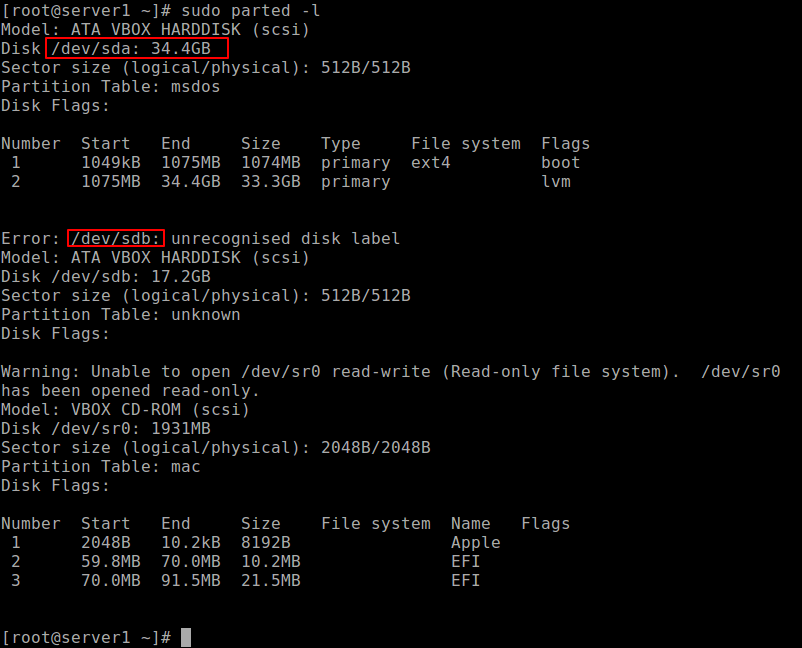
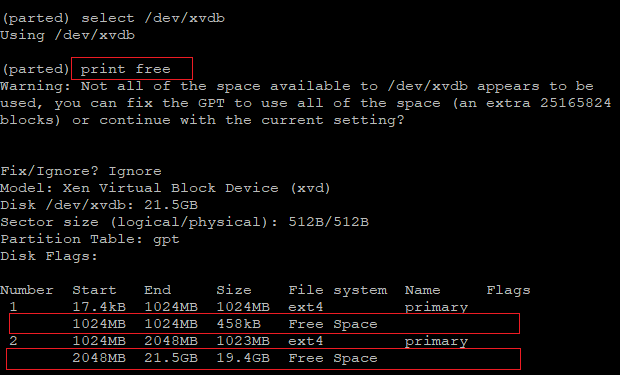
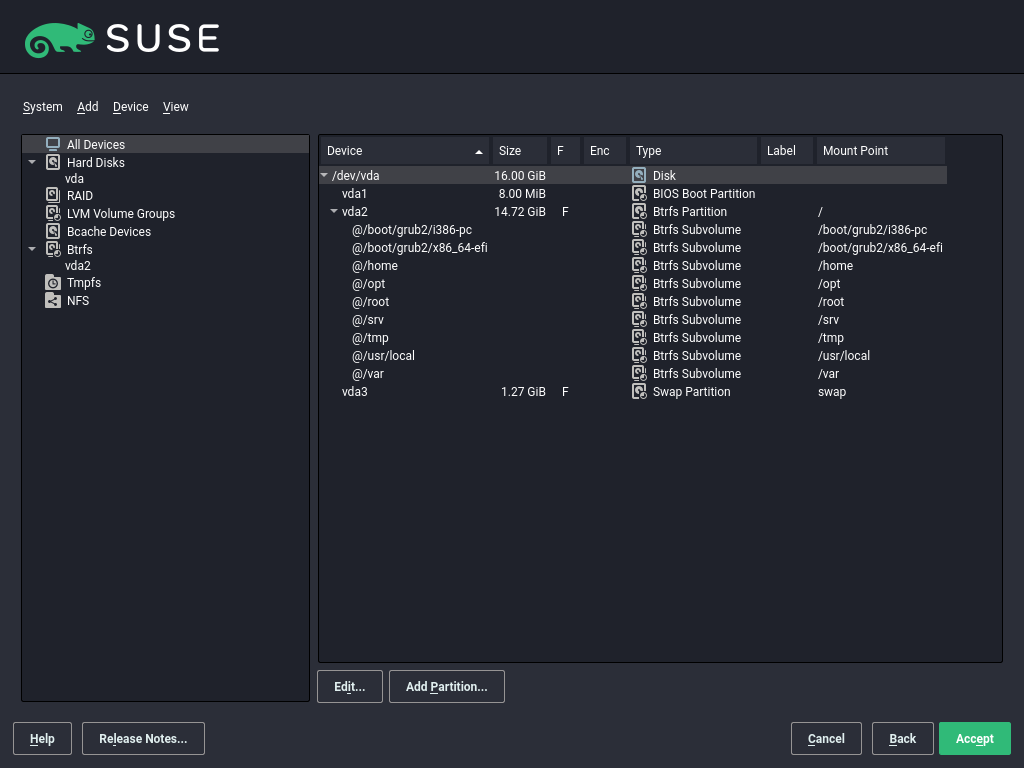

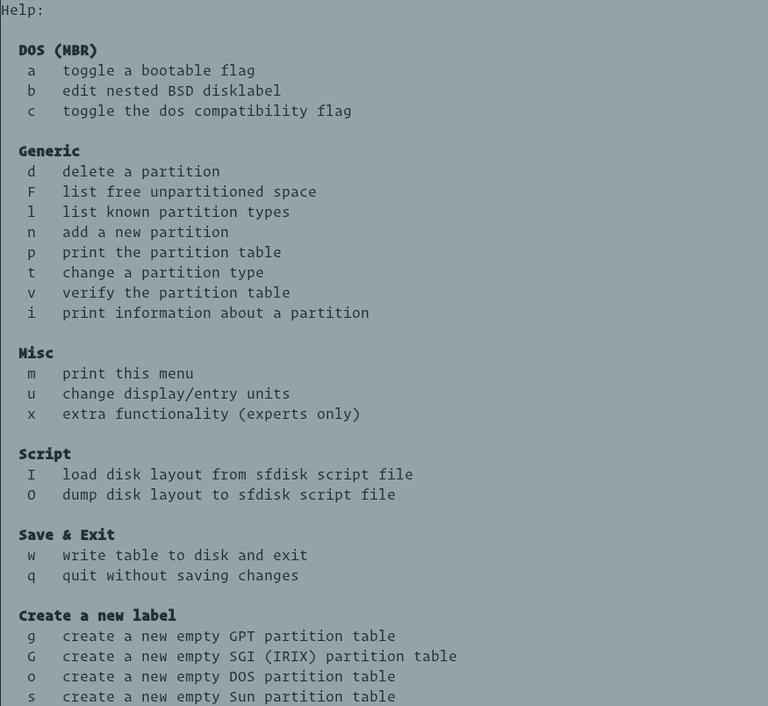

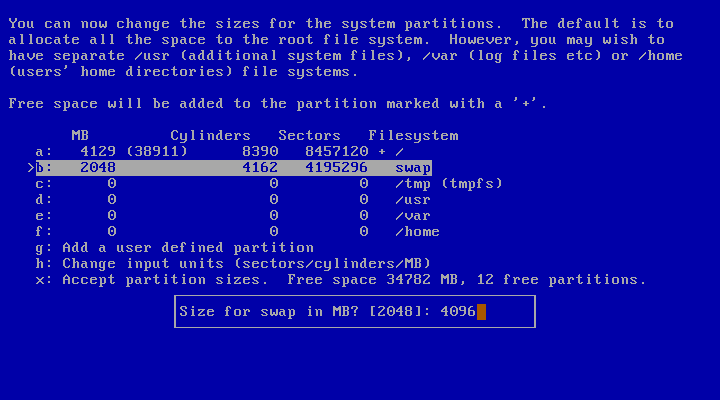
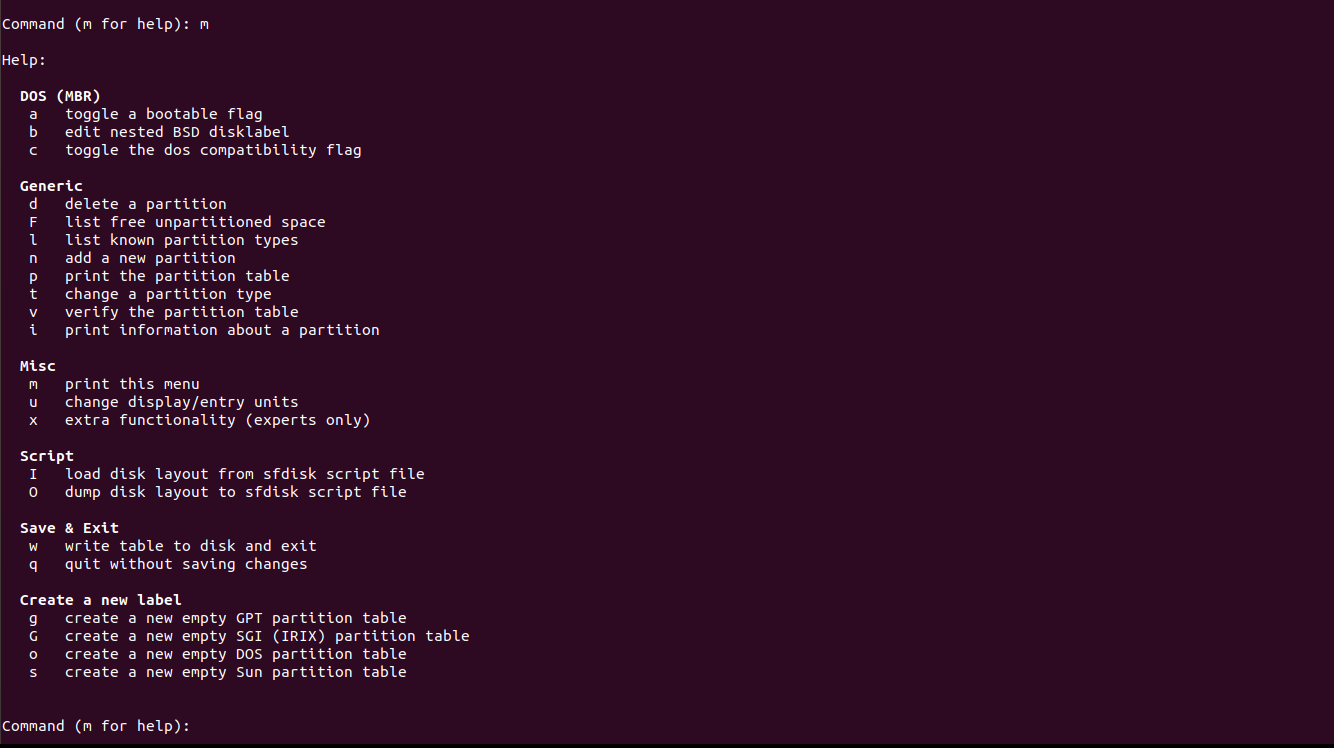



:max_bytes(150000):strip_icc()/disk-management-local-disk-label-7d0c2a032e2042e38b59a6411c2a633f.png)

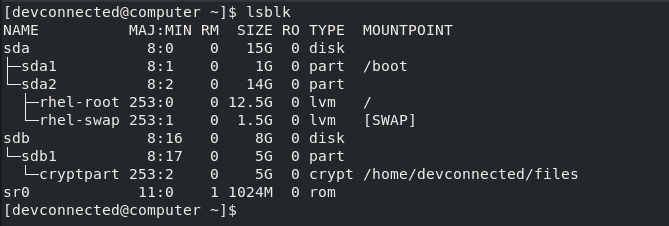

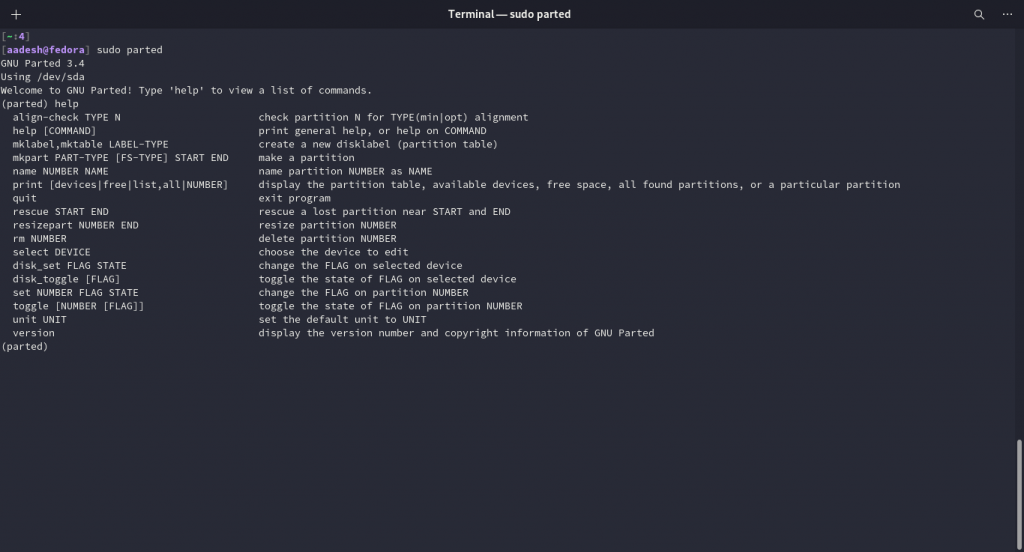
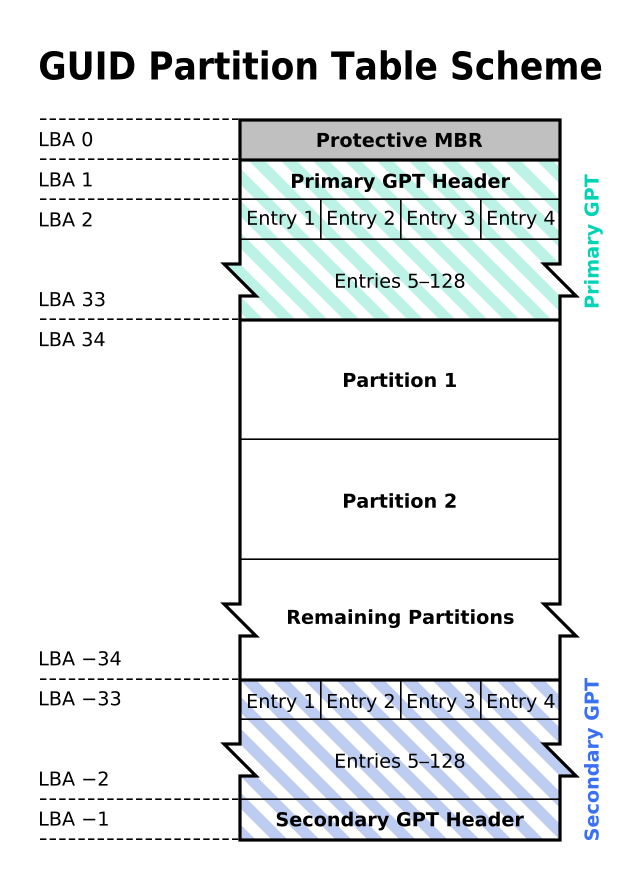


:max_bytes(150000):strip_icc()/001-how-to-find-a-drives-volume-label-or-serial-number-262494-fff03bb580eb4cf88436aee92005a8d2.jpg)
:max_bytes(150000):strip_icc()/hard-drive-properties-17164adbed774f8ea1ee22adaf48681d.jpg)

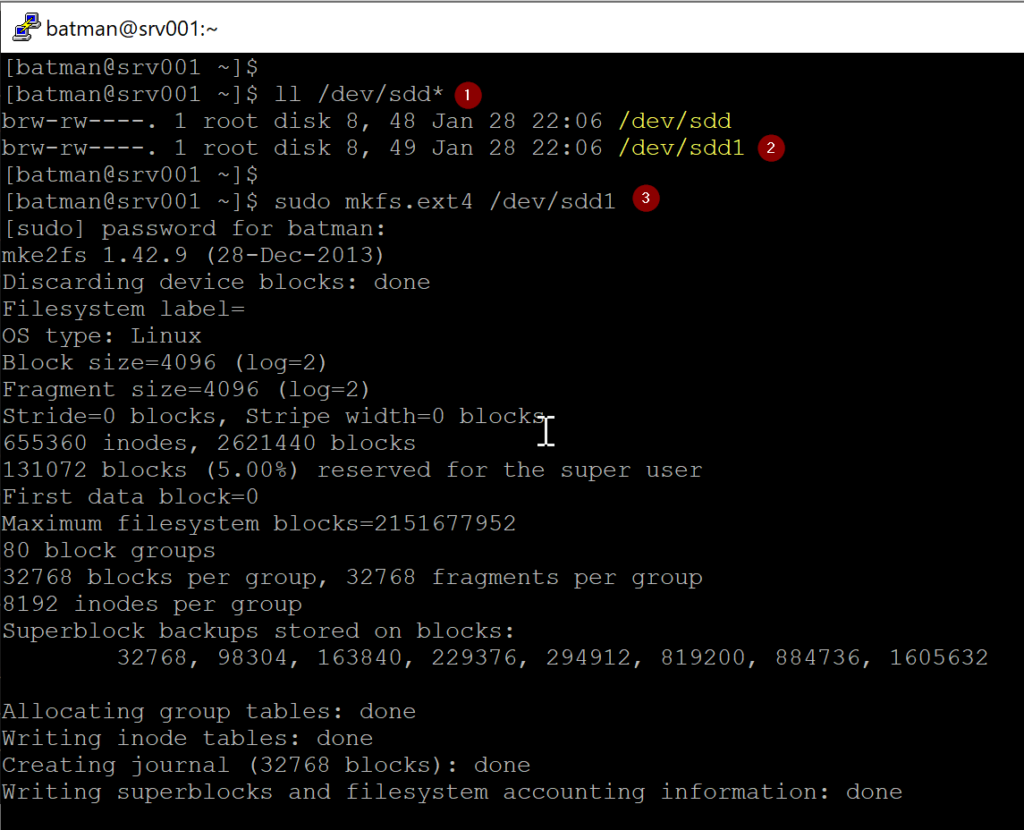


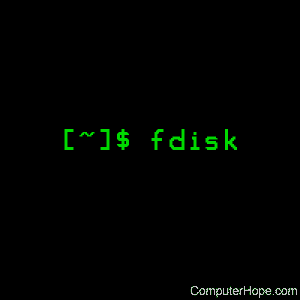




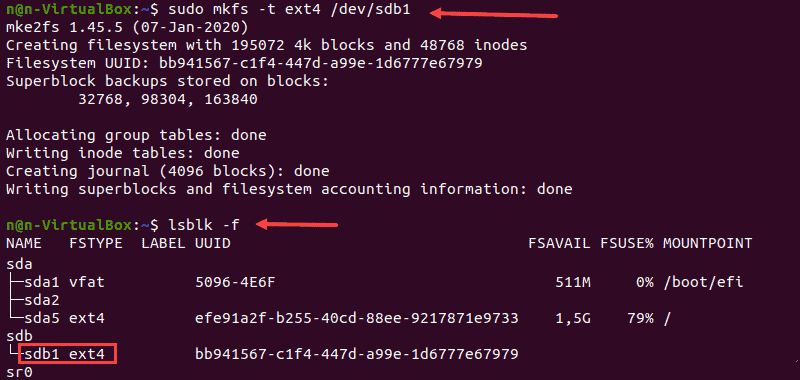


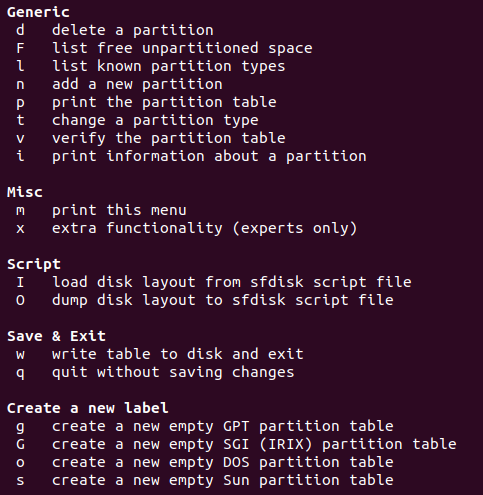
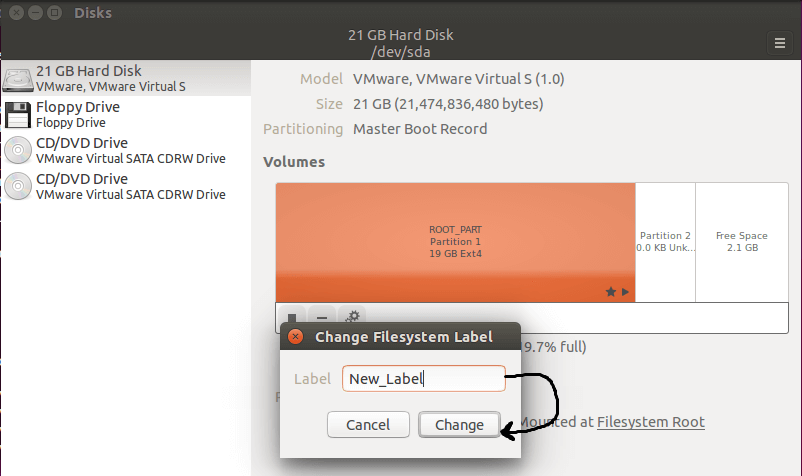

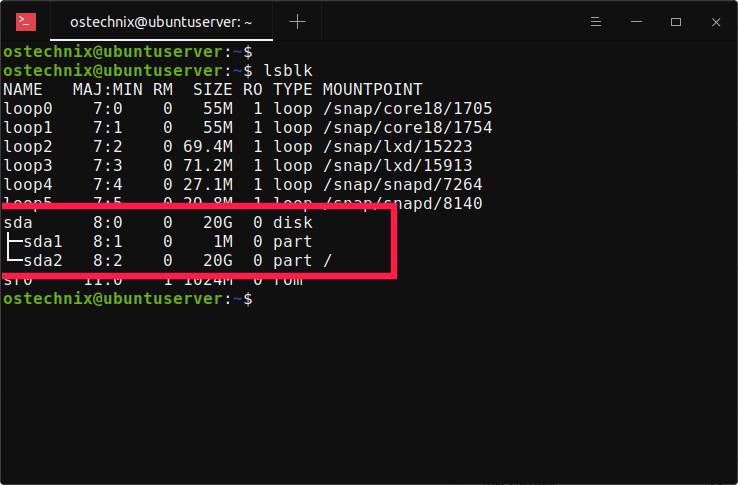
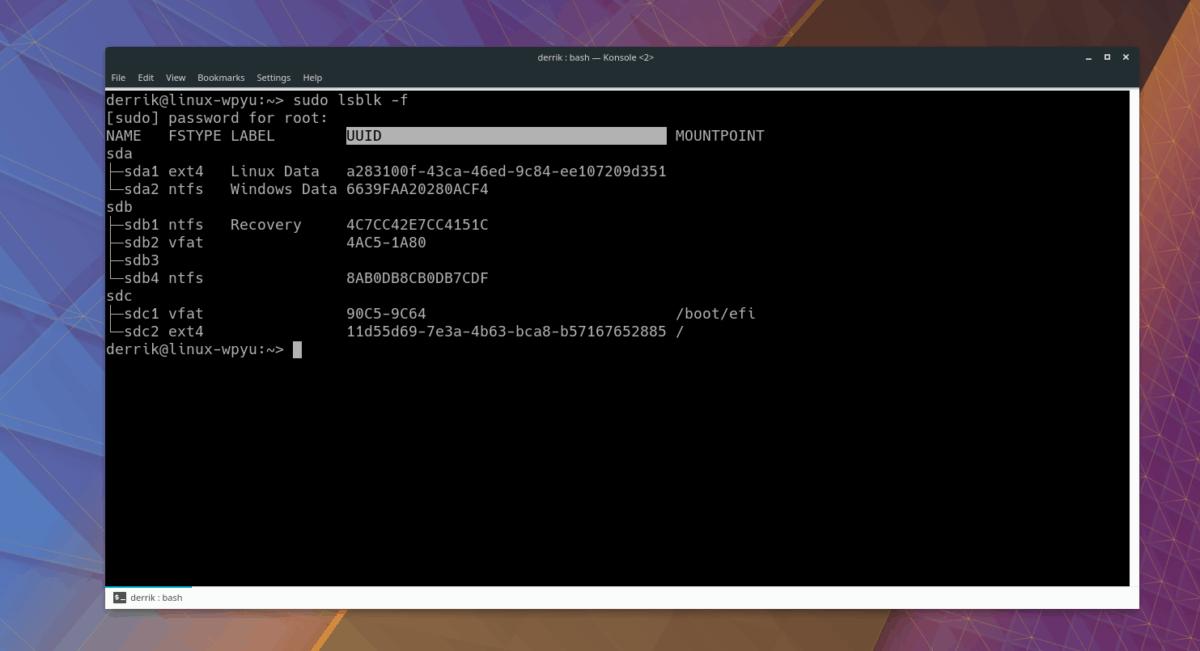
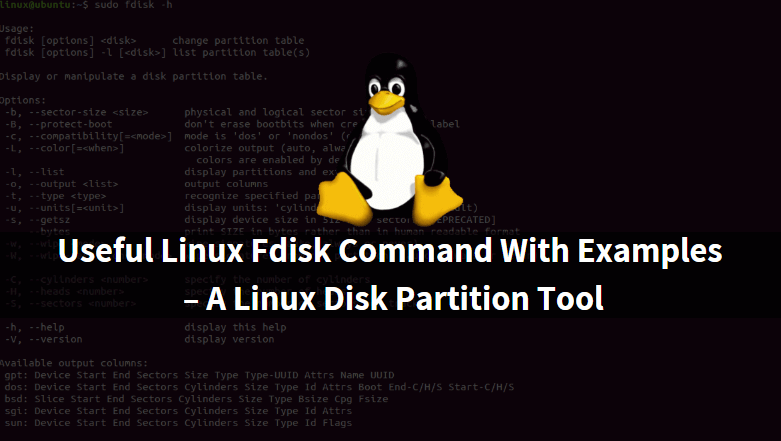
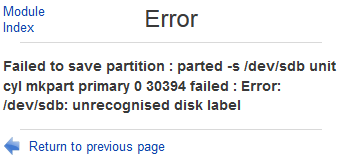

Post a Comment for "44 linux list disk labels"